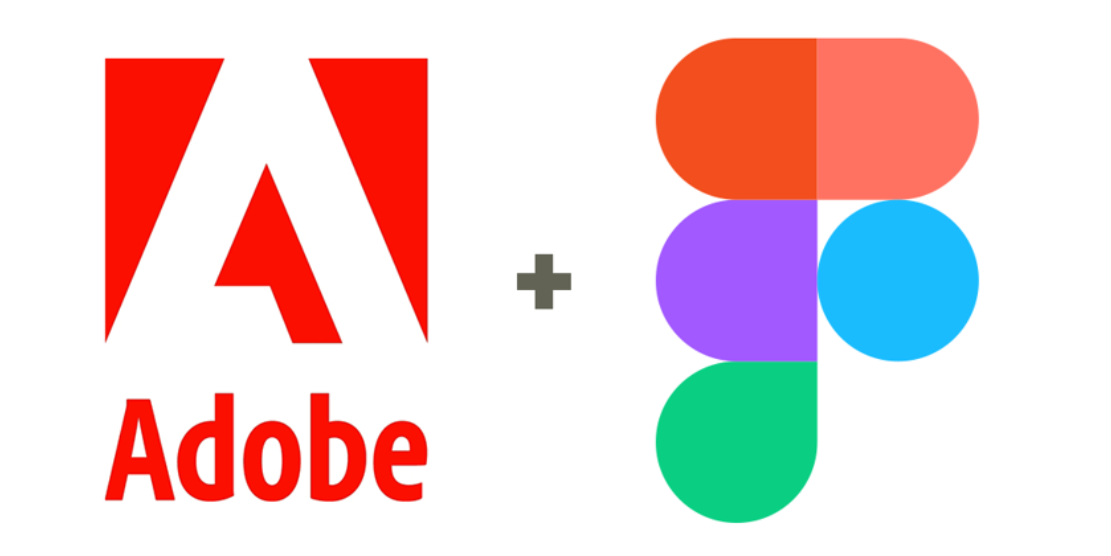In the fast-paced world of technology and design, companies often seek to strengthen their market positions through strategic acquisitions. One such potential deal that generated significant buzz in the industry was Adobe’s attempt to acquire Figma, a cloud-based design collaboration tool. However, the acquisition fell through, sparking debates and concerns about the potential ramifications of Adobe becoming a design software monopoly.
The Rise of Figma:
Figma, founded in 2012, quickly gained popularity for its innovative approach to collaborative design. Unlike traditional design software that required local installations and file sharing, Figma operated entirely in the cloud, allowing real-time collaboration among designers from different locations. Its user-friendly interface and robust collaboration features made Figma a favorite among design teams, from startups to large enterprises.
Adobe’s Interest:
Adobe, a giant in the design and creative software industry, expressed interest in acquiring Figma to expand its portfolio and strengthen its position in the rapidly evolving design tools market. Adobe’s Creative Cloud suite already dominated the industry, with tools like Photoshop, Illustrator, and InDesign being staples for designers worldwide. The acquisition of Figma seemed like a strategic move to incorporate cloud-based collaboration seamlessly into Adobe’s ecosystem.
Antitrust Concerns:
As news of the potential acquisition spread, so did concerns about Adobe’s growing dominance in the design software space. Industry experts and regulatory bodies raised red flags, pointing to potential antitrust issues. Adobe’s Creative Cloud already held a substantial market share, and acquiring Figma could have granted Adobe an even stronger monopoly, limiting competition and potentially stifling innovation in the design tools sector.
Impact on Competition and Innovation:
The design community relies on a diverse set of tools to cater to different needs and preferences. The fear of Adobe becoming a monopoly raised concerns about the potential negative effects on competition. A lack of viable alternatives could result in higher prices, decreased innovation, and limited choices for designers and creative professionals.
Regulatory Scrutiny:
In response to the growing concerns, regulatory bodies started to scrutinize the proposed acquisition. Antitrust authorities aimed to assess the potential impact on competition and consumer welfare. The focus was not solely on the current state of the market but also on the potential future consequences of a consolidated design software industry.
The Fallout:
Amid mounting regulatory pressure and public scrutiny, Adobe ultimately abandoned its bid to acquire Figma. The decision was likely influenced by the need to avoid protracted legal battles and to maintain a positive public image. While the deal’s collapse preserved the status quo in the design software market, it also highlighted the delicate balance between industry consolidation and maintaining a competitive landscape.
The proposed acquisition of Figma by Adobe serves as a cautionary tale in the ever-evolving tech industry. While mergers and acquisitions can bring about synergies and innovation, they also pose risks to healthy competition. The regulatory scrutiny and subsequent fallout from the Adobe-Figma deal underscore the importance of balancing market consolidation with the need for diverse, innovative solutions. As the design software landscape continues to evolve, it remains crucial for industry players to navigate acquisitions carefully to foster healthy competition and stimulate ongoing innovation in the creative space.

Leave a Reply
You must be logged in to post a comment.